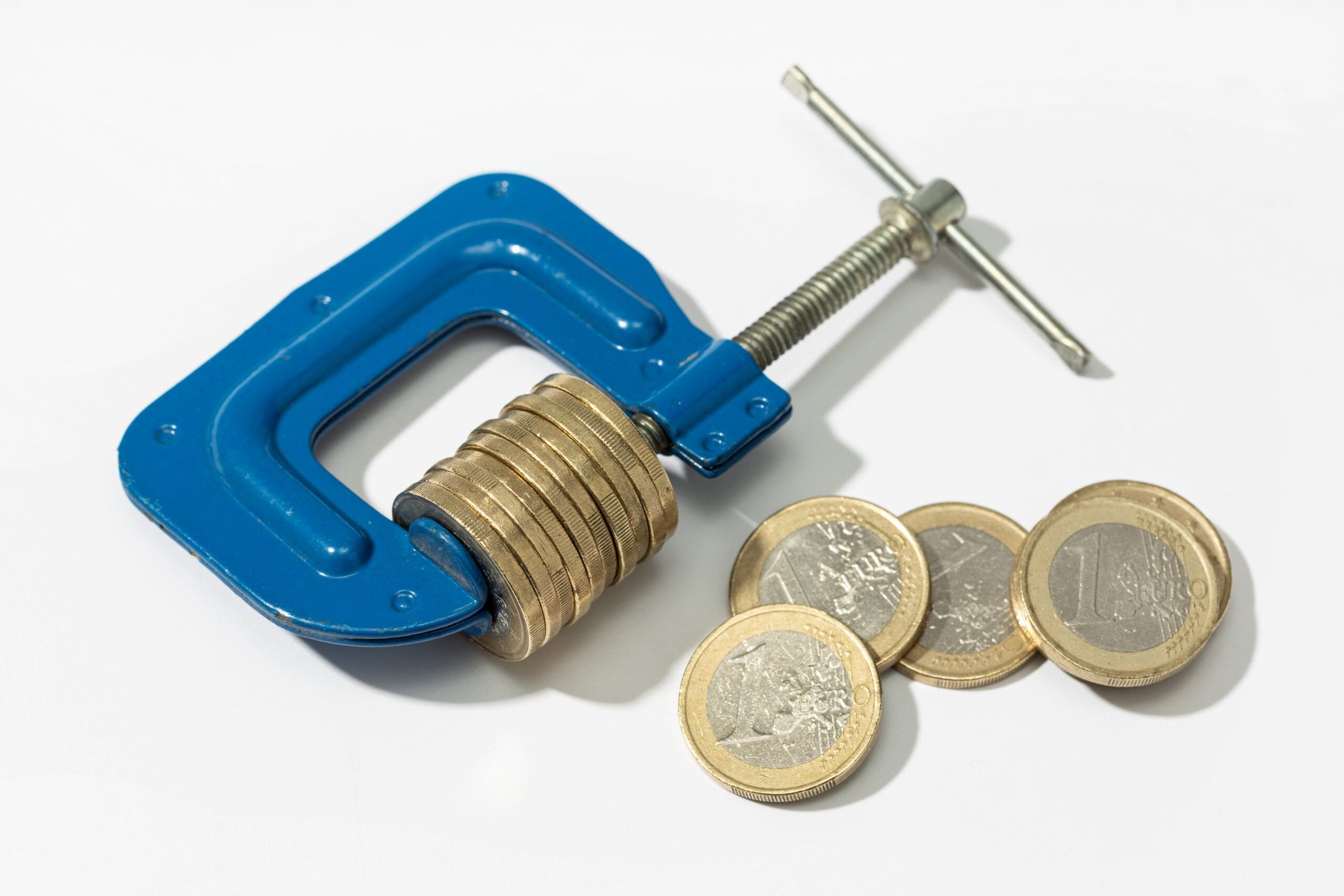By: GABRIELLA CRUZ-MARTINEZ.
See original post here.
Zebulon Newton received the last monthly Child Tax Credit payment of $550 for his two children on December 15th.
Five months after the credits expired, it’s getting harder to make ends meet. With gas prices surging, costs of grocery bills and day care eroding savings, record-high inflation has left little room for the family of four to front emergency costs, said the North Carolina resident.
“Our daughter with down syndrome had heart surgery at age four, fortunately the Child Tax Credit helped relieve some of the financial anxiety of medical costs,” said Newton, age 40. “But now our budgets are nearly $600 short each month.”
The financial pressure is driving Newton, a stay-at-home dad, to look for work to help his wife cover additional expenses. But it’s difficult because his four-year-old daughter requires seven therapy sessions a week, two of which they pay for. To save money, the family found cheaper daycare – just a three-hour program for $200 a month. They also thrift clothes twice a year for their four- and seven-year-old.
“For six months, childhood life got better,” Newton said. “You can’t deny that.”
A recent study led by researchers from the Center for Poverty & Social Policy at Columbia University, found that the monthly distribution of tax credit payments kept 1 in 10 children from experiencing a “spell of poverty” throughout the year – as opposed to when payments were delivered in a lump sum during tax season.
The monthly installments reduced income volatility, which kept households from slipping under the poverty line from July through December 2021. The study builds on new evidence that shows the majority of Child Tax Credit recipients spent the credits on children’s clothing, food, and childcare expenses, costs that are now rising rapidly.
“Having some regular inflow of cash is really critical for families,” Christopher Wimer, co-author of both studies and Columbia University co-director of the Center for Poverty & Social Policy, told Yahoo Money. “The Child Tax Credit allowed people to take a breath and served as a resource to help pay for kids and raise children.”
Parents spend CTC on children
Last year, the Internal Revenue Service paid out six months of advance Child Tax Credit payments – starting in July – worth up to $250 per child ages 6 through 17 and up to $300 per child under 6.
The payments reached 61.2 million children by the year end, and reduced the monthly child poverty rate by 30%. According to the Center on Poverty and Social Policy at Columbia University, the credits prevented 3.7 million children from falling into poverty by December 2021.
Since the credits were fully refundable, families earning little to no income were able to access the credits for the first time. According to the U.S. Census Bureau, the majority of families earning under $35,000 per year spent most of their CTC payments on food, utilities, housing and education.
“Maybe the credit amounts weren’t necessarily life altering for some,” said Wimer, “but they gave the lowest income families who historically have been shut out of these programs the opportunity to invest in children. For the first time, many were able to just get through the day a little easier.”
As the summer rolls in, many families that received the advanced CTC payments last year have likely gotten the second half of the CTC through their tax refund. How they are spending the money hasn’t changed, according to Census data.
“Parents’ spending has been consistent when it comes to the Child Tax Credit,” Joanna Ain, associate director of policy at Prosperity Now, told Yahoo Money. “The majority are using the money from the tax refund to afford food, clothing, school supplies and rent. But all of these expenses have gone up, and that money is going to run out.”
Already, in early February 2022, close to 35% of adults living in households with children struggled to cover usual costs without the CTC.
“I’m not a pessimistic person,” Ain said, “but I think we’re looking at a difficult couple of years.”
Monthly cash payments reduce poverty year round
The tax filing season often provides families with a financial boost in income once tax refunds are mailed in. This year, it was no different as millions of families claimed the other half of their expanded CTC.
According to data from Columbia University, once the annual lump sum of Earned Income Tax Credit and expanded CTC rolled in, the monthly poverty rate fell from 14.4% in February 2022 to 10.8% in March 2022. For children, the monthly poverty rate fell from an estimated 23% in February to 11% in March, and rose back to 23% by May – and will likely remain above 22% for the rest of the year.
“Parents generally use the tax return to pay back debts,” said Ain. “In the upcoming months, we’re going to see these families’ needs grow because the tax return money has been already used on rent or childcare costs this summer.”
To reduce child poverty rates throughout the year, researchers from Columbia University suggest monthly CTC payments instead of a lump sum payment at tax time. According to their analysis, the rate of child poverty consistently fell by an average 6.8 percentage points when the CTC was delivered monthly.
In other words, a monthly installment of the Child Tax Credit cuts child poverty by one-third each month.
“When I used to work in sales, April was the time most people would come in and buy big ticket items like a TV and furniture,” said Newton. “But during the Child Tax Credit, you didn’t hear about people spending like that. People just went about their routine and made sure they had enough food for their kids at the end of week.”
According to Newton, while his family received close to $5,000 in tax refund this year through the Child Tax Credit – they have budgeted the cash carefully. Still, he admits it can be hard for some folks to make mistakes after getting a lump sum payment.
“There’s this real value of the monthly installments because families can count on it if it’s a permanent program,” Wimer said. “You’re more likely to devote it to your routine expenses, it’s essentially a lifeline.”




















